Who Created Anna Elizabeth Hagenbuch’s Fraktur?
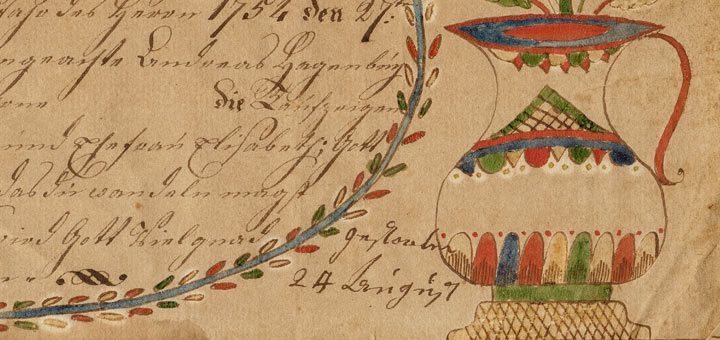
Since its discovery in 2016, the Taufschein fraktur of Anna Elizabeth Hagenbuch has been a source of intrigue, raising questions and providing insights into the early Hagenbuch family. In three previous articles, various aspects of the document were analyzed:
- Read about the discovery of Anna Elizabeth’s fraktur
- See a translation and follow the restoration of the document
- Examine evidence pointing to when the Taufschein was made
Yet, there remains one final mystery to explore: Who created the fraktur and why? This article, the last in the series, will attempt to provide an answer.
Anna Elizabeth Hagenbuch was born on April 27, 1754 in Albany Township, Berks County, Pennsylvania. One might assume that her birth and baptism fraktur would have been commissioned by her parents around the year of her birth. However, in the year Anna Elizabeth was born, the Pennsylvania Deitsch tradition of creating such documents was only just beginning.
According to Corinne and Russell Earnest in their book The Heart of the Taufschein, birth and baptism frakturs began to be created in southeastern Pennsylvania around the mid-1700s. One of the first creators of these was Daniel Schumacher (b. 1729, d. 1787). Schumacher, an immigrant from Hamburg, Germany, arrived in Pennsylvania around 1754 after a few years of living in Nova Scotia. Though he was never ordained, he would eventually baptize over 1500 children in and around Berks County including several Hagenbuchs.
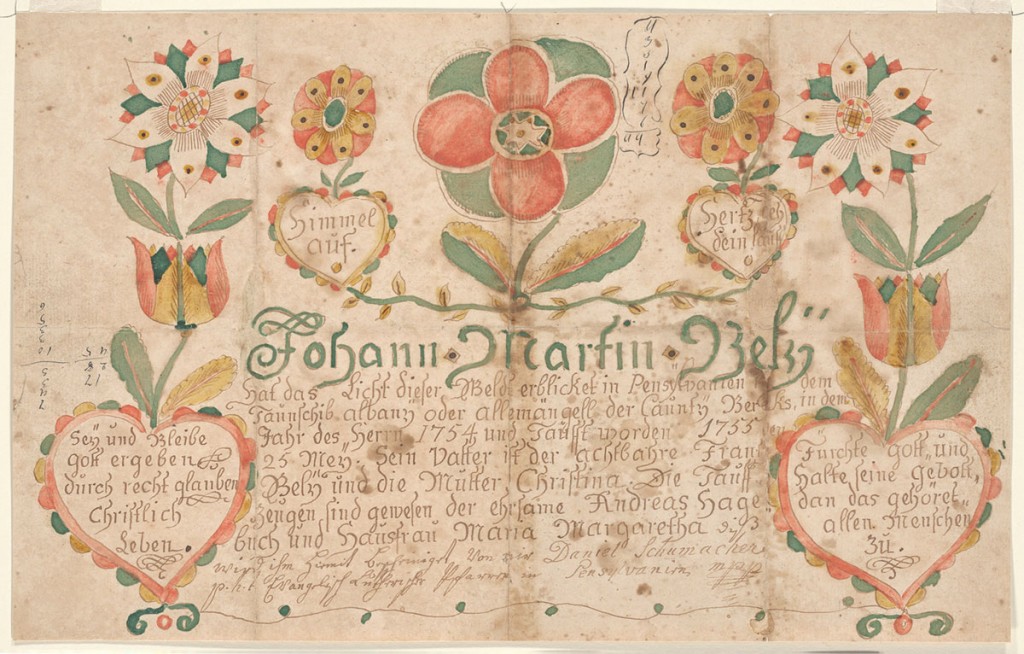
Birth and baptism fraktur for Johann Martin Bely (Bailey) created by Daniel Schumacher, 1755. Credit: Free Library of Philadelphia
Schumacher frequently created illuminated birth and baptism documents for the children he baptized. Along with stylized images of flowers, hearts, and angels, he included the names of the child, parents, and sponsors. Interestingly, the earliest surviving example of his work, dated 1755, features the names of Andreas and Maria Margaretha Hagenbuch as the baptismal sponsors for Johann Martin Bely (Bailey).
Daniel Schumacher did not baptize Anna Elizabeth Hagenbuch (she is not listed in his record book), nor did he create her Taufschein. This makes sense as Schumacher died in 1787 and a watermark in document appears to date the fraktur from the 1790s or early 1800s. But, if Schumacher didn’t create it, who did?
The Heart of the Taufschein contains many examples of frakturs by artists such as Henrich Otto, Friederich Krebs, and Johann Valentin Schuller. After carefully reviewing their work, none matched Anna Elizabeth’s Taufschein in style or design. The frustrating search for an artist was further confirmed by Maria Pukownik, the document conservator who restored the piece. Her attempts at finding a match came up empty handed too. As a result, the exact name of the artist remains a mystery.
Nevertheless, it is possible to create a profile of the anonymous person. According to Pukownik, the Taufschein was hand drawn by someone using pen ink and watercolors which were then glazed with gum Arabic. Compared to other fraktur art, the design was very finely executed and likely completed by a person with professional training. In the 18th century, Pennsylvania had few established artists, leading to the strong possibility that the designer was an immigrant who had learned his trade in Europe.
While early fraktur artists like Daniel Schumacher were associated with the clergy, other tradesmen such as schoolmasters and scriveners would eventually produce a majority of the Taufscheine. In fact, schoolteacher Timothy Hagenbuch (b. 1804, d. 1852) is known to have made frakturs during the 1830s and 1840s. The anonymous artist of Anna Elizabeth’s Taufschein may have been employed in another artistic field and only produced frakturs occasionally, explaining why no stylistic match can be found.
The search for the document’s artist also raises questions about who commissioned the work. As pointed out in a previous article, the Taufschein contains a blank space for the birth name of Anna Elizabeth’s mother, Maria Margaretha “Friedler” Hagenbuch. The omission shows that the artist and the person who commissioned it likely did not know this crucial piece of information.
Anna Elizabeth’s parents certainly would have provided the correct name, eliminating them as the commissioners of the work. However, the baptism sponsors, listed as Hans Martin Romig and wife Elizabeth, may have not known Maria Margaretha’s family history or birth name. Could it be the Romigs who presented Anna Elizabeth with the Taufschein?
In following with the German tradition, Anna Elizabeth Hagenbuch was given the name of a female baptism sponsor, Anna Elizabeth “Dick” Romig (b. 1723, d. 1797). Her husband, Johann Martin Romig (b. 1719, d. 1789), is listed too. Curiously, the fraktur mentions him as “Hans” which is a shortened version of “Johann.” This would indicate that the person who provided the information to the artist knew Johann well enough to call him by a nickname.
Considering that Johann Martin Romig died in 1789, before the Taufschein was made, the above evidence suggests that Anna Elizabeth Romig commissioned an artist to create the fraktur. The Hagenbuchs and the Romigs were close after all. Jacob Hagenbuch (b. 1765, d. 1811), who was a grandson of Andreas, married Margaret Romig (b. 1765, d. 1845), who was likely related to Johann Martin.
Precedent exists for frakturs to have been commissioned by baptism sponsors. According to The Heart of the Taufschein, in Europe similar documents called Taufpathenbrief or Taufzedel were given by the sponsors rather than the parents. The Romigs were first generation immigrants to Pennsylvania, having left Ittlingen, Germany. Might Anna Elizabeth Romig have presented the Taufschein as a gift to the child who inherited her name?
Of course, as with so many things in history, it is impossible to know for certain. Yet, it is exciting to imagine Anna Elizabeth “Hagenbuch” Reichelderfer being presented this Taufschein by someone who loved her. Commissioned by her namesake and sponsor Anna Elizabeth “Dick” Romig, the document was designed by a professionally trained artist living in nearby Reading or Allentown.
The occasion for giving the heartfelt gift was important and noteworthy – perhaps the celebration of Anna Elizabeth’s 40th birthday in 1794. With her parents gone and having children of her own, the Taufschein commemorated the earliest days of Anna Elizabeth’s life. Through the eyes of her sponsor, someone who had been there to share in these first moments, the fraktur provided a message of hope and future blessings.
Anna Elizabeth must have held the Taufschein dearly, because it stayed with her the rest of her life. When she left Pennsylvania for Ohio in 1806, the document was with her. From the creases in the paper, she probably kept it tucked away in her Bible. When she died on August 24, 1825, a family member cared enough to keep the fraktur and write the date of her death upon it.
Over the next two centuries, the Taufschein passed through various owners until in 2016 it finally returned to Pennsylvania, the state where it was originally created. Now, once again with family, this beautiful heirloom can be appreciated, enjoyed, and loved by the Hagenbuch family for generations to come.

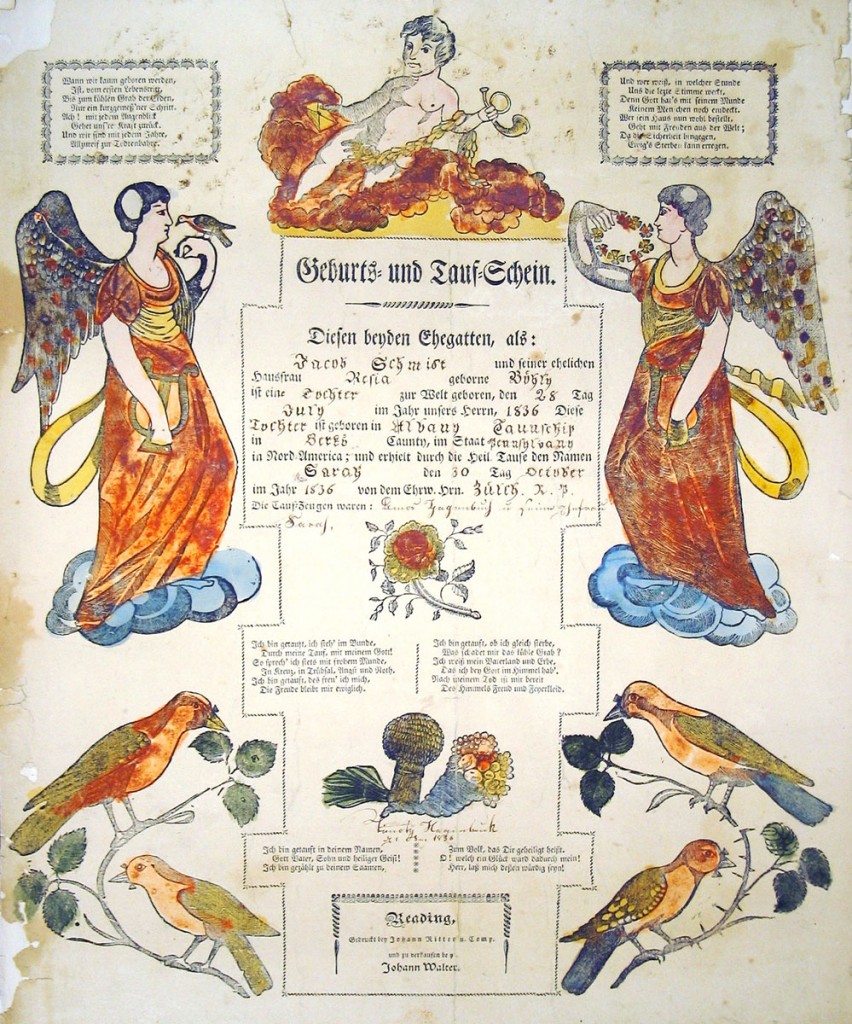
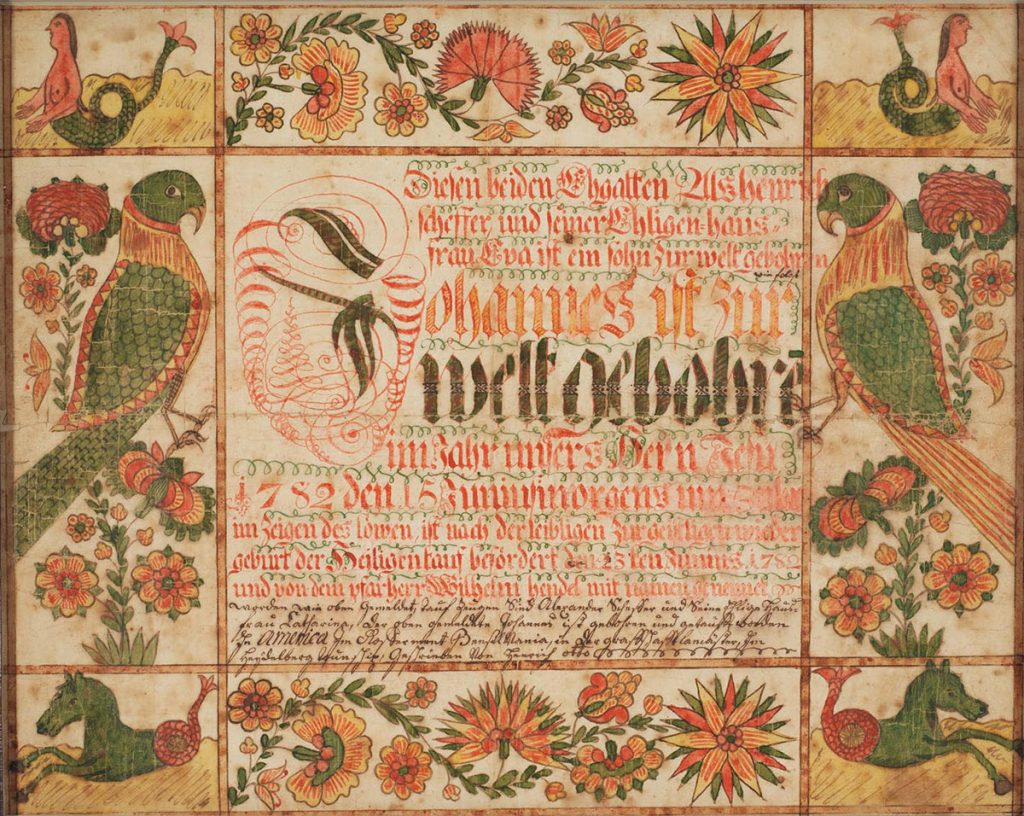
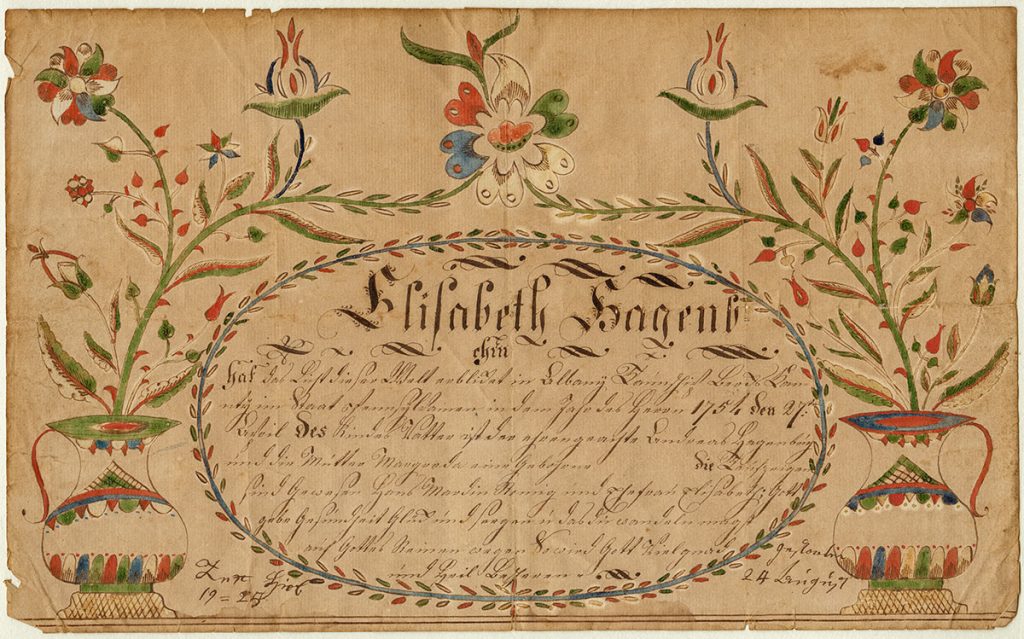
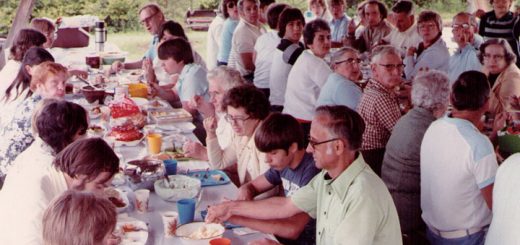
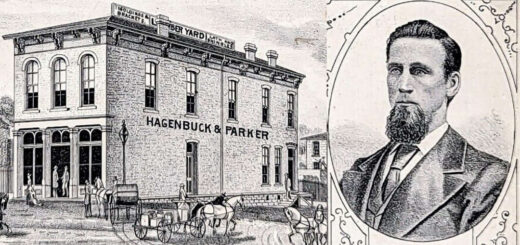
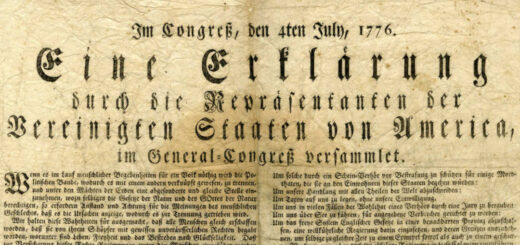













Is there a way I could find out about my great grandmother? I was wondering if she could be related to this famil. Like you said people change the spelling . Her school book in there she spells her name as Hagenbook. Her name was Amanda. In the back is another name very hard to read it might be Mary AnnHagebook. The book is a math book from 1860. She lived in Walkerton Indiana. And married my great grandfather Jessie Jackson. My ansesters are Omish. Thank you Norma Meyers.
Hi Norma. Thanks for your post and question. Have you looked at this article on our site? https://www.hagenbuch.org/william-s-hagenbuch-family/ I believe the family line you are looking for with Amanda in it. Researcher Will Mangold has helped us piece together this group! Any additional information you can provide would be helpful.